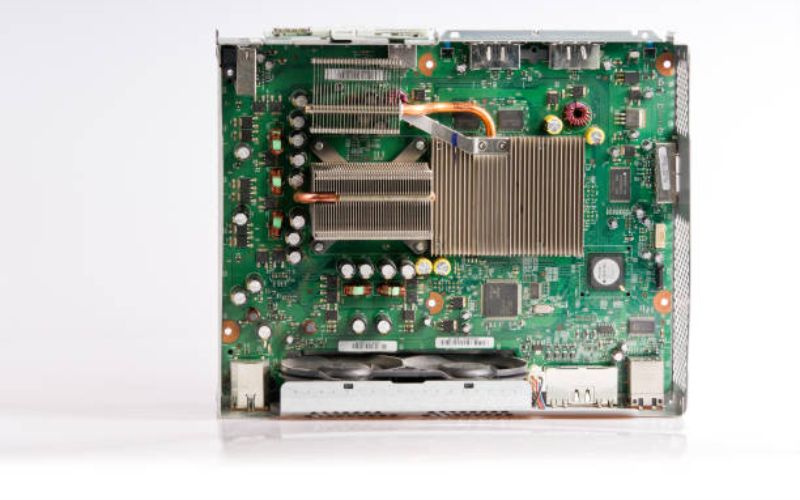Introduction:
Heatsinks are incredibly important components in electronic devices, as they help to dissipate heat generated by their electrical components. Choosing the right material for a heatsink is crucial in ensuring the optimal performance and longevity of the device. In this article, we will explore the best materials for a heatsink.
Copper Heatsinks:
Copper is a popular choice for heatsinks due to its high thermal conductivity, which allows heat to be dissipated quickly. It is also a durable material that is resistant to corrosion. While copper heatsinks are usually more expensive than other types, they are generally considered the best choice for high-performance applications.
Aluminum Heatsinks:
Aluminum is another popular choice for heatsinks due to its relatively low cost and good thermal conductivity. However, it is not as efficient at dissipating heat as copper, which means it may not be suitable for high-performance applications. Aluminum is also more susceptible to corrosion than copper, although its resistance to corrosion can be improved through anodization.
Heat Pipes:
Heat pipes are a type of passive heat exchanger that use the principle of evaporation and condensation to transfer heat between two points. They are typically made of copper or aluminum and can provide excellent thermal conductivity. Heat pipes are often used in combination with copper or aluminum heatsinks to further increase heat dissipation.
Ceramic Heatsinks:
Ceramic heatsinks are often used in high-powered LEDs and other electronic devices that generate a lot of heat. They are made of a ceramic material that has a high thermal conductivity and can withstand high temperatures. Ceramic heatsinks are typically more expensive than copper or aluminum heatsinks, but they can be a good option for applications that require high-performance heat dissipation.
Diamond Heatsinks:
Diamond heatsinks are a relatively new type of heatsink that use synthetic diamond as a base material. Diamond has an incredibly high thermal conductivity, which allows heat to be dissipated quickly and efficiently. However, diamond heatsinks are still in the early stages of development and are not yet widely used in electronic devices.
Graphite Heatsinks:
Graphite heatsinks are another relatively new type of heatsink that are made from graphite sheets. Graphite has a high thermal conductivity, although it is not as efficient at dissipating heat as copper or diamond. Graphite heatsinks are also much less expensive than other types of heatsinks, making them a more affordable option for some applications.
Composites:
Composites are materials that are made up of two or more different materials that have been combined to create a new material with specific properties. For example, graphite/copper composites can provide excellent heat dissipation properties while also being more affordable than pure copper heatsinks. However, composites can be more difficult to manufacture than pure materials and may not provide the same level of performance as a pure material heatsink.
Conclusion:
Choosing the best material for a heatsink depends on the specific needs of the device. Copper heatsinks are generally considered the best option for high-performance applications, but aluminum, ceramic, and graphite heatsinks can also provide good heat dissipation properties at a lower cost. Heat pipes and composites can provide additional benefits, but may require more careful manufacturing to ensure optimal performance.

